The bird landed just to my side, puffed up and fluttering with its wings down dragging the ground. It was a Baird’s Sandpiper and it was obviously in distress. Or was it?
I was making my way towards a Pacific Loon nest that I have been monitoring when the Baird’s Sandpiper appeared. A pair of Pacific Loons have been nesting on the same pond here for the second year in a row. As far as I can tell it is the most northern breeding record for the species. Last year the nest failed, the eggs apparently not viable, never hatching. I had crossed the stream and was approaching for a quick look to see how many eggs were in the nest this year.
The Baird’s was not hurt, for it too was nesting on the small peninsula cum island. It was using its distraction display to deflect my attention from its nest. Which apparently was somewhere along my path. The Baird’s surprised me, as they usually nest in uplands on dry tundra. This was a little patch of dry tundra in the middle of a riverine environment. The nest itself only a metre or so away from the stream.
Many readers here will be familiar with similar displays. The Killdeer is perhaps the most famous. Nesting in the open on gravelly spots it relies on a broken wing display to lead potential predators away from its nest. Here many birds do the same. There are a lot of birds that nest in the open here, relying on cryptic colouration for the most part, but distraction when it appears that jig is up.
For sheer audaciousness of a distraction display, nothing beats the display I saw next, as I approached the Pacific Loons nest to peak inside. The parent waited just off shore, and as soon as I neared enough to look at the two eggs that had been laid, she started.
A Pacific Loon’s display is brash and loud, it relies on a lot of noise and visual. At its core the goal is the same, to say to a predator “I’m hurt, and an easy meal, come and get me.” It would be a hard act to ignore. The bird rears up, calls and splashes, it thrashes around on the surface and dives and porpoises about. Its squeak call is loud and it moves about, attempting to lead the predator away.
It also takes a lot of energy, so I didn’t want to stick around and keep the bird off the eggs for any length of time.
As I made my way back, discovering the Baird’s nest as I gingerly watched where I was stepping, my son was patiently waiting for me at the truck. Patiently waiting by chasing butterflies, and it was my turn to wait as he was far down the road, trying to use his hat as net. As I stepped beside the truck, close to the Arctic Heather covered hill another small bird dropped almost at my feet.
It was a female Lapland Longspur, and she also was puffed up, calling softly, dragging her wings in the dust. I backed away, and about five minutes later she disappeared in a clump of Blueberries. A quick peek revealed a rapidly growing family of six nestlings.
And there are others, a trip to find plovers at the old Nanisivik townsite revealed a Semipalmated Plover doing a distraction display. Everywhere one finds birds this time of year, this is a common scene.
And these days, we actually are finding birds nightly by their distraction attempts at, of all things, my truck. The Baird’s Sandpipers’ hatch is in full swing, waning actually. Typically they nest in upland areas, and then move down to bodies of water. Every night for well over a week as take our nightly drive we encounter families of Baird’s Sandpipers making their way down from the hills to the lake, crossing the roads in the process.
As we drive along we invariably have an adult Baird’s swirling around the truck, trying to lead it away from its family. A quick stop, and we usually see the chicks scurrying away, relying on our (the predators) being distracted by the noise, display and antics of the parents. If they are close to being discovered they’ll drop and freeze, relying on their amazing camouflage to keep them same.
It has been a very good year for the Baird’s, with many successful families being encountered. Certainly good weather these season has helped, along with an abundance of lemmings to feed potential predators. But it doesn’t help to have parents that know the right ploy to use when predators are nearby.


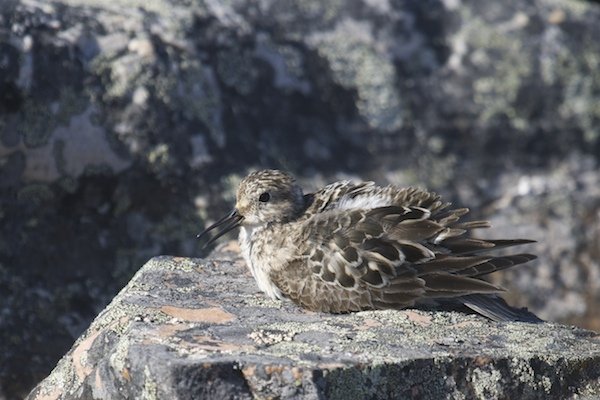

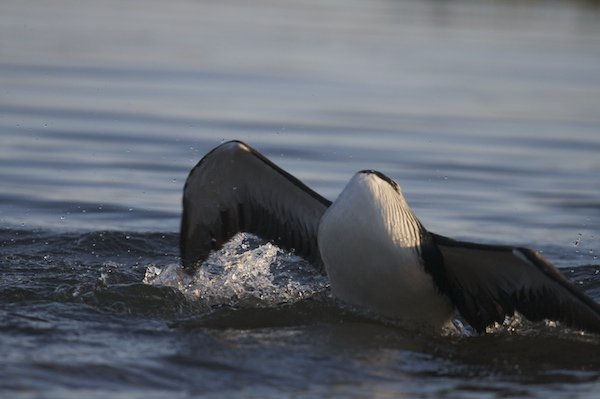
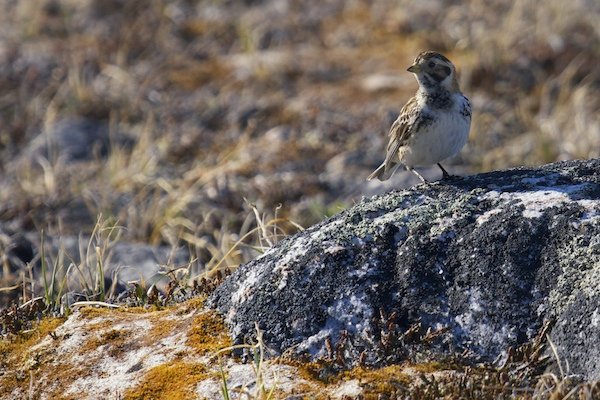
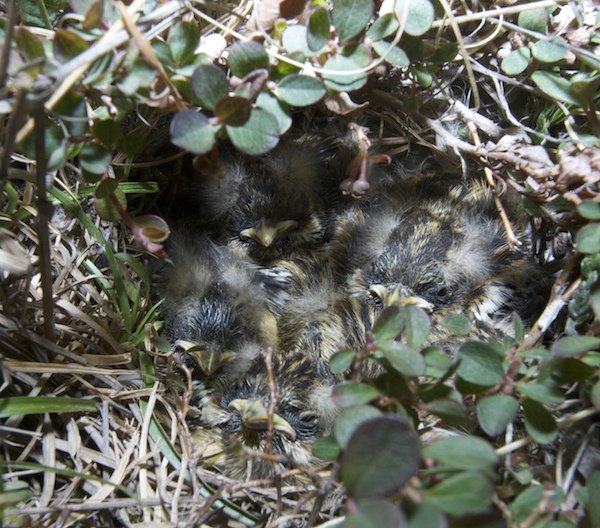
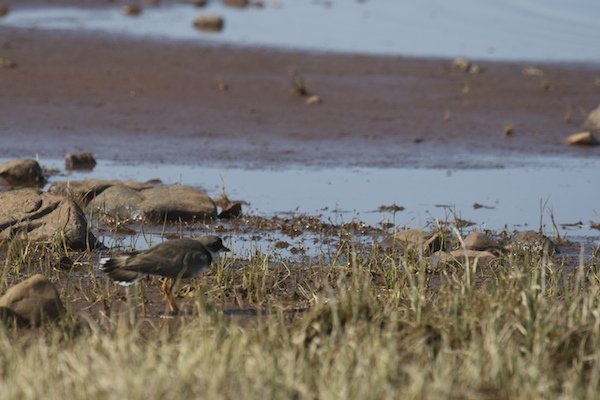











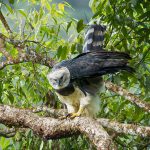
Wow, Clare, I’m driven to distraction by this awesome post. Is that last bird a baby Baird’s?
Thanks Mike, yes it is. One of 10,000 photos of Baby Baird’s I took this year.
Our Red-capped Plovers and Pied Oystercatchers have been busy trying to lead us away. The other shorebirds are in the north still, though 3 individually marked Greater Sand Plovers were in China 3 weeks ago, so they must be coming back here soon. Love the baby Baird’s! 🙂
It is funny how the distraction display works even on birders who know what it is all about. I guess it is the lure of the one better picture.
Excellent post, Clare. Stunning photography!
Thank you. This is fascinating. I’m learning so much from your blog.
@Clare and Grant. Exciting to think of another spring starting as we creep quickly into winter.
@Jochen. I was definitely distracted, but I think the strategy ultimately fails with me, as I immediately start looking for the chick.
@ Sharon. Thank you.
And I see I have the wrong word in the last paragraph, it should be “hurt” not “help”.
Nice photos and post. That Loon photo is amazing.
Thanks Renato.